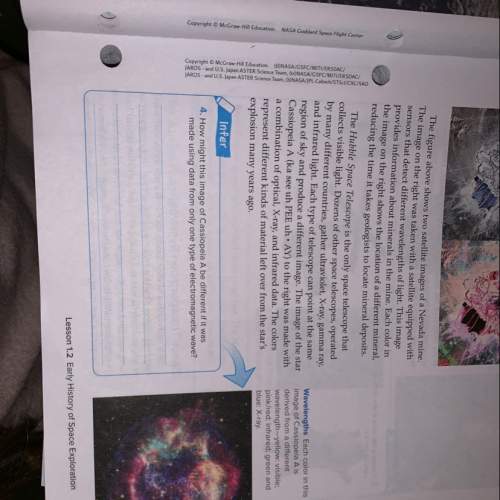
Mathematics, 06.10.2019 03:20 PONBallfordM89
Arandom sample of n1 = 16 communities in western kansas gave the following information for people under 25 years of age.
x1: rate of hay fever per 1000 population for people under 25
98 90 120 128 93 123 112 93
125 95 125 117 97 122 127 88
a random sample of n2 = 14 regions in western kansas gave the following information for people over 50 years old.
x2: rate of hay fever per 1000 population for people over 50
94 108 101 95 110 88 110
79 115 100 89 114 85 96
(i) use a calculator to calculate x1, s1, x2, and s2. (round your answers to two decimal places.)
x1 =
s1 =
x2 =
s2 =
(ii) assume that the hay fever rate in each age group has an approximately normal distribution. do the data indicate that the age group over 50 has a lower rate of hay fever? use α = 0.05.
(a) what is the level of significance?
state the null and alternate hypotheses.
h0: μ1 = μ2; h1: μ1 > μ2
h0: μ1 > μ2; h1: μ1 = μ2
h0: μ1 = μ2; h1: μ1 ≠ μ2
h0: μ1 = μ2; h1: μ1 < μ2
(b) what sampling distribution will you use? what assumptions are you making?
the standard normal. we assume that both population distributions are approximately normal with known standard deviations.
the student's t. we assume that both population distributions are approximately normal with unknown standard deviations.
the standard normal. we assume that both population distributions are approximately normal with unknown standard deviations.
the student's t. we assume that both population distributions are approximately normal with known standard deviations.
what is the value of the sample test statistic? (test the difference μ1 − μ2. round your answer to three decimal places.)
(c) find (or estimate) the p-value.
p-value > 0.250
0.125 < p-value < 0.250
0.050 < p-value < 0.125
0.025 < p-value < 0.050
0.005 < p-value < 0.025
p-value < 0.005
sketch the sampling distribution and show the area corresponding to the p-value.
(d) based on your answers in parts (a) to (c), will you reject or fail to reject the null hypothesis? are the data statistically significant at level α?
at the α = 0.05 level, we fail to reject the null hypothesis and conclude the data are not statistically significant.
at the α = 0.05 level, we fail to reject the null hypothesis and conclude the data are statistically significant.
at the α = 0.05 level, we reject the null hypothesis and conclude the data are not statistically significant.
at the α = 0.05 level, we reject the null hypothesis and conclude the data are statistically significant.
(e) interpret your conclusion in the context of the application.
fail to reject the null hypothesis, there is insufficient evidence that the mean rate of hay fever is lower for the age group over 50.
reject the null hypothesis, there is sufficient evidence that the mean rate of hay fever is lower for the age group over 50.
fail to reject the null hypothesis, there is sufficient evidence that the mean rate of hay fever is lower for the age group over 50.
reject the null hypothesis, there is insufficient evidence that the mean rate of hay fever is lower for the age group over 50

Answers: 3


Another question on Mathematics

Mathematics, 21.06.2019 15:00
Which value of c would make he following expression completely factored? 8x+cy
Answers: 1

Mathematics, 21.06.2019 18:00
Find the slope and the y-intercept if there's one and the equation of the line given these two points( 3, 2) and( 3, -4)
Answers: 2

Mathematics, 21.06.2019 22:30
We have 339 ounces of jam to be divided up equally for 12 people how muny ounces will each person get
Answers: 1

Mathematics, 21.06.2019 23:40
Determine the standard form of the equation of the line that passes through (-2,0) and (8,-5)
Answers: 1
You know the right answer?
Arandom sample of n1 = 16 communities in western kansas gave the following information f...
Questions







Advanced Placement (AP), 11.10.2020 09:01

Mathematics, 11.10.2020 09:01




Mathematics, 11.10.2020 09:01





Mathematics, 11.10.2020 09:01

English, 11.10.2020 09:01

Mathematics, 11.10.2020 09:01

Mathematics, 11.10.2020 09:01




